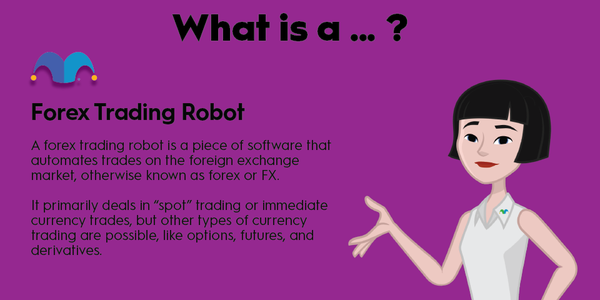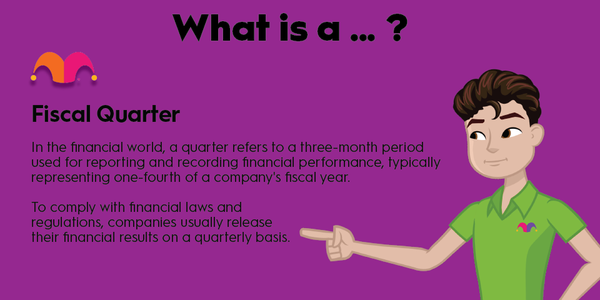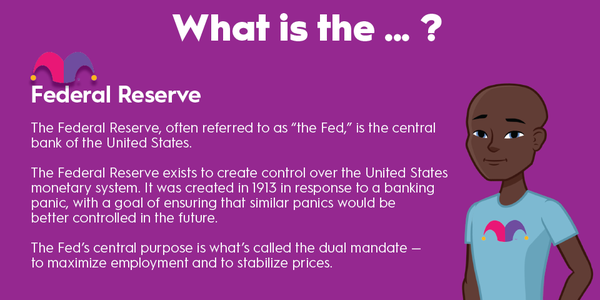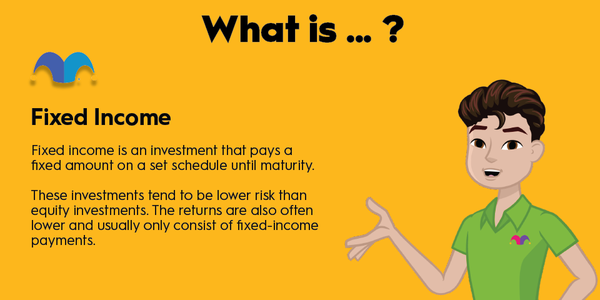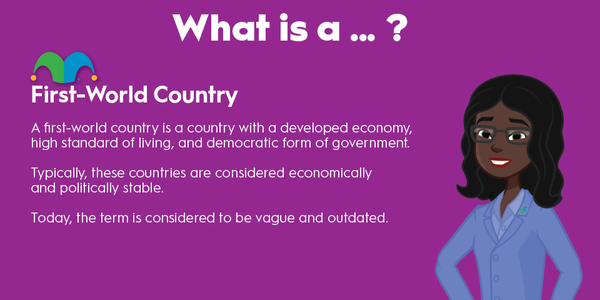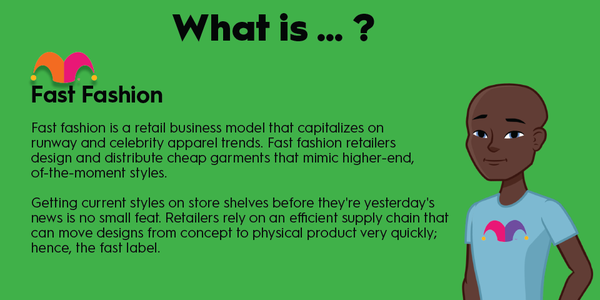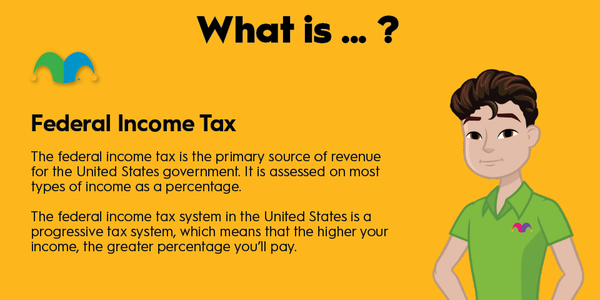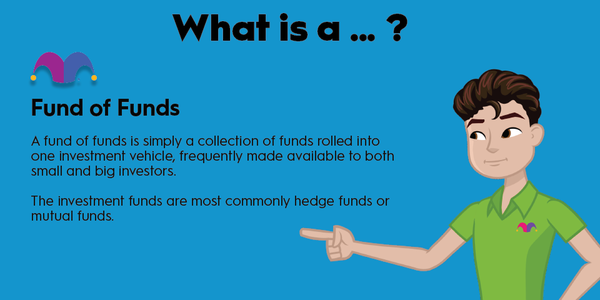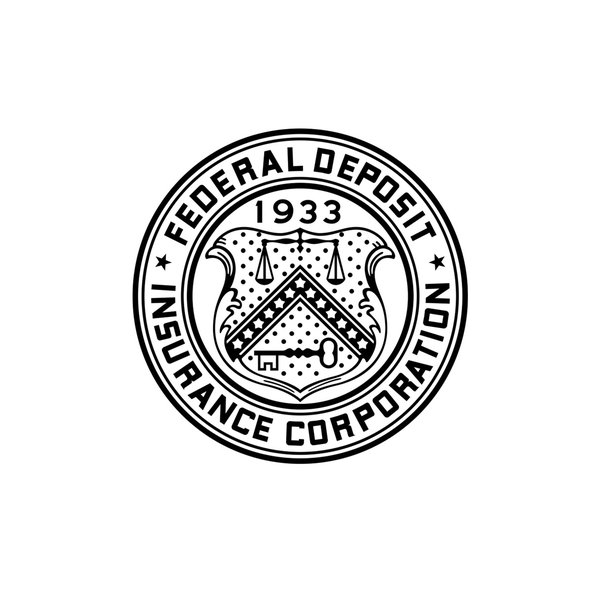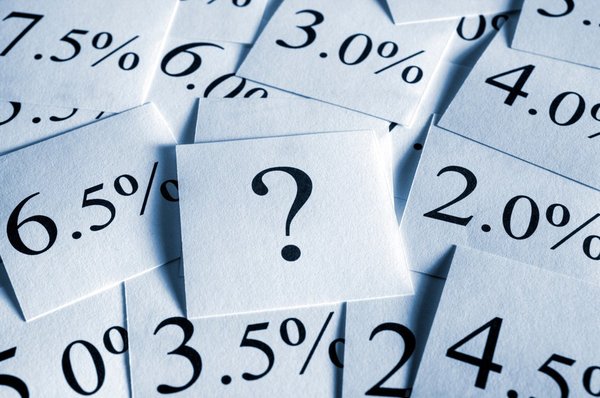Derivatives are a financial asset based on a contract and an underlying asset. The value of the derivative is derived from the underlying asset.

What is it?
What is a derivative?
A derivative is a financial instrument based on another asset. The most common types of derivatives, stock options and commodity futures, are probably things you've heard about but may not know exactly how they work.
Derivatives generally give one users the right — but not the obligation — to buy or sell an underlying asset at some point in the future. The value of the derivative is based on the underlying asset and the time until the contract expires. Let's go over why you would trade derivatives, what the common types are, and their pros and cons.
Why trade financial derivatives?
Why trade financial derivatives?
Billions, if not trillions, of dollars in derivatives are traded annually. Investment accounts ranging from teenagers-on-an-app-with-birthday-money level to mega-corporations use derivatives for each of the reasons we'll discuss.
Hedging
Hedging is commonly used by businesses but can be utilized by individuals as well. You may be familiar with Southwest Airlines' (LUV 1.1%) famous jet fuel-hedging program from the early 2000s. While other airlines were losing money by the cargo hold because of rising fuel prices, Southwest's hedging allowed it to keep making money.
When you hedge, you make a small bet against your main position. Southwest's main business requires a lot of investment in jet fuel, so it used derivatives to make a small bet in case prices went up. Because derivatives are often highly leveraged (see the next section), you don't need to bet as much on the derivative to hedge your whole investment.
As an individual investor, you may hedge if you are worried that one of your favorite stocks (or the stock market as a whole) was overpriced. Here at The Motley Fool, we recommend a long-term buy-and-hold strategy, but sometimes it's hard to endure a lot of volatility.

Leverage
Derivatives allow you to gain control of a large amount of assets with a not-so-large investment. Take a look at this call option for Home Depot (HD 0.74%):
The price of Home Depot stock is right around that $330 strike price number, but the price of this option is just $12.84. If the price of Home Depot stock shot up to $340, the price of the option would probably jump by close to the same amount (it wouldn't replicate the jump exactly for reasons that we won't get into this article).
By investing $12.84, you can get gains from the price movements of a $340 stock. Of course, the reverse is true as well. A $15 drop in Home Depot's stock price wouldn't matter much to stockholders, but it would totally wipe out your position.
Access to assets
Investors also use derivatives to get access to assets they otherwise wouldn't be able to trade. You may want to hedge your Southwest Airlines stock position by buying some oil, but you'll have a hard time storing enough barrels in your backyard to make it worth it.
Instead, you can get exposure to these asset classes through futures contracts or, even better, exchange-traded funds (ETFs) that buy futures contracts for you.
Asset
Customizability
When you buy a share of stock, you buy the same share as everyone else. You have the same right to earnings and the same vote as everyone else in your share class. Derivatives can be more customized.
Most of the derivatives trading on exchanges are just as homogenous as stocks, but superinvestors and corporations often go to investment banks to create customized derivatives to use for specific trades. Many of the famous investors who bet on the housing market crashing in 2007 used derivatives created just for them by investment banks.
Income
Many investors sell derivatives to gain income. For example, if you own a stock and don't think its price will significantly increase in the near future, you could sell an option on it to someone who does. If the stock doesn't go up, you keep the price of the option. This is the covered call strategy.
Types
Types of derivatives
We mentioned futures contracts and options as common types of derivatives. Here's how those work and a few other common derivative types.
Futures
A futures contract is an agreement to buy or sell an asset at a future date. Let's say you're a corn farmer and know you will have 5,000 bushels of corn available to sell in October. Right now, it's May, and you need to set your price for financial planning.
You agree to a futures contract to sell the corn at a set price in October (the future). The buyer may be worried about the price of corn going up and hedging their investments, or it could even be a speculator who believes the price will shoot up and is using the futures contract as a speculation.
Futures contracts don't have the same type of inherent leverage as the stock option example above but are often traded in highly leveraged transactions on commodity and futures exchanges. The margin requirement on a stock is 50%. That means that if you buy $50,000 of stock using margin, you have to use $25,000 of your own cash. The requirement for futures contracts can be as low as 3%. That means you only need $1,500 for the same $50,000 trade. But remember, this means that if the price of the underlying asset falls by just 3%, you'll be wiped out.
Options
Stock options come as either calls or puts. A call is a bet that the price of the stock will go up, and a put is a bet that the price will go down. The stock option gives you the right, but not the obligation, to buy or sell the stock at the strike price by the expiration of the option.
As we've talked about above, you can use stock options to hedge your bigger positions or use them as a leveraged way to trade a stock. We don't recommend getting into option trading, but we would recommend being smart about using stock options for income with covered calls or naked puts.
Stock options differ from futures because they give the contract holder the right to buy or sell the stock, but there is no obligation.
Forwards
Forwards are futures contracts that don't trade on an open exchange. Each forward contract is a custom contract between the two parties.
Because of their nature as over-the-counter (OTC) contracts, forwards carry counterparty risks that futures contracts wouldn't. You have to underwrite the ability of the counterparty on the contract to fulfill its obligations.
Swaps
Swaps are another OTC derivative typically used to hedge interest rates. With this instrument, you swap the cash flow with a counterparty. For example, if you borrow $50,000 at a variable rate, you could hedge the interest rates using a swap with a third party.
The third party would make the payments on the debt, and you would pay them instead. The interest rate you pay the third party would be higher than the initial rate on the debt. If interest rates go up, you would come out ahead — but if they don't, the third party makes a profit.
Pros and cons
Pros and cons of derivatives
Let's sum up what we've talked about with a list of pros and cons for derivatives:
Pros
- Hedging/risk mitigation: Use derivatives to hedge the price of an asset or stock investment that you have too much exposure to.
- Locked-in price: Set your price now so that you can plan accordingly.
- Leverage: Control far more assets than the actual amount of cash you have on hand.
- Income: Sell derivatives to the traders looking for leverage to produce a steady income.
Cons
- Volume problems: Not all underlying assets have popular derivatives. I can't count the number of times I've tried to sell covered calls only to find that only three or four contracts trade each day. When this happens, the derivative can be very hard to price, and you'll likely have a huge bid/ask spread.
- Time restriction: Derivatives inherently expire on a certain date. If you buy a call option and the price of the underlying stock hits the moon one day after the option expires, you're out of luck.
- Counterparty risk: Any OTC derivative comes with the risk that your counterparty is scamming you or just can't complete their half of the contract.
- Leverage: This aspect is both a pro and a con. If the underlying asset has a huge move up, you're golden (possibly literally). If it has a huge move down, you're done.
Related investing topics
History
History of derivatives
We'll end this derivative odyssey with a quick history. Unsurprisingly, it started with commodities and farmers. What good story doesn't?
As early as 8000 B.C., ancient Sumerians used clay tokens to make a forward/futures contract to deliver goods at a future date. This type of contract persisted at least through the Code of Hammurabi days in Mesopotamia.
In 500 B.C. Greece, the first options (remember, an option is like a future, but there is no obligation) were traded. There are historical anecdotes of options and futures around the world through medieval times and into the 1800s when the Chicago Board of Trade was formed and derivatives started to modernize.
The Chicago Board of Trade is now called the Chicago Mercantile Exchange, with more than 19 million contracts traded daily on it last year. Clay tokens have morphed into highly leveraged futures contracts, but there are still farmers looking to reduce their risk and speculators with an appetite for it.
